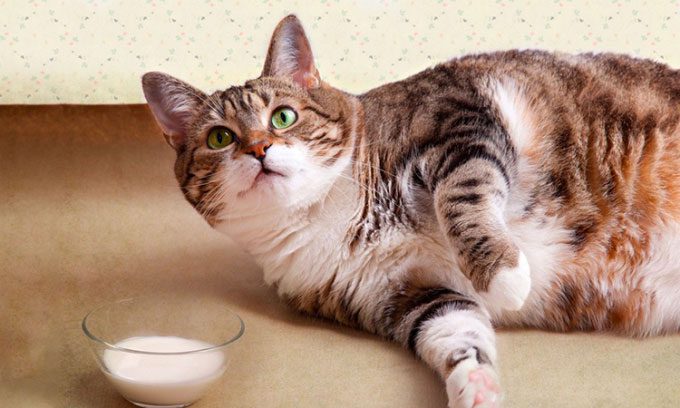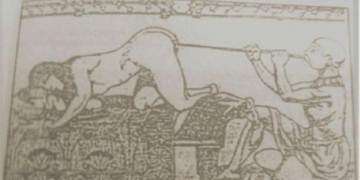Cats often lose their ability to digest lactose as they age, so adding cow’s milk to their diet can be more harmful than beneficial.
“For most cats, the ability to digest lactose decreases after weaning. As a result, milk can cause digestive issues in cats and lead to symptoms such as diarrhea or vomiting,” said expert Nathalie Dowgray, head of the International Cat Care Association, in an interview with Live Science.

Cow’s milk contains high fat that is not good for cats. (Photo: Nailia Schwarz)
Some cats may retain the ability to digest lactose into adulthood, similar to some humans, Dowgray noted. However, there are no additional nutritional benefits to giving cats cow’s milk if they are already fed a sufficiently balanced diet.
Additionally, cow’s milk is high in fat. A bowl of milk for a cat is “like eating an entire 12-inch pizza,” which can lead to your pet becoming overweight, according to the PDSA veterinary hospital in the UK.
Furthermore, “cow’s milk contains high levels of phosphate,” Dowgray added. Therefore, cats should not be given cow’s milk if they have been diagnosed with kidney disease. A study published in 2017 in the Journal of Feline Medicine and Surgery found that phosphorus can impair kidney function in cats with chronic kidney disease.
The Hastings Veterinary Hospital in British Columbia notes that cats may still crave milk because it can be associated with positive memories from their kittenhood, or they may simply enjoy the taste of the fat in it.
Kittens typically nurse from their mothers until they are fully weaned, usually around a few months old. According to Dowgray, in cases where kittens need human care—such as being ill or losing their mother—they should be given specially formulated milk replacements that meet their nutritional needs.
Other types of milk, such as cow’s milk or goat’s milk, are not suitable substitutes for cat milk, as they do not contain enough protein to meet the growth and development needs of kittens, Dowgray emphasized. Weaning onto solid food should begin at three to four weeks of age and should occur gradually until the kitten can fully adapt.





















































